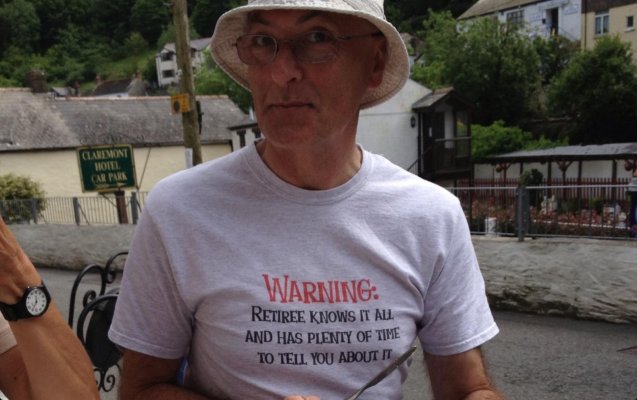Since I've being retired I guess I have had more time on my hands to notice things like those signs you see painted on roads as you drive around. Some are displayed top to bottom like in a book, while others are displayed bottom to top.
Usually a country has a standard and sticks to it but having just had a month in Ireland they seem to be arbitrary, depending on the local authority doing the roads.
Anyone else noticed this sort of thing? (anyone care?)
Examples
The USA always seems to be bottom to top
AT PLAY
CHILDREN
SLOW
The UK always seems to be top to bottom
SLOW
CHILDREN
AT PLAY
Anyone else noticed this kind of thing?
The bike trails where I live in the USA have the signs top to bottom (I guess that they figure you are cycling slow enough to read them in the usual book format)
NO
MOTORIZED
VEHICLES
Usually a country has a standard and sticks to it but having just had a month in Ireland they seem to be arbitrary, depending on the local authority doing the roads.
Anyone else noticed this sort of thing? (anyone care?)
Examples
The USA always seems to be bottom to top
AT PLAY
CHILDREN
SLOW
The UK always seems to be top to bottom
SLOW
CHILDREN
AT PLAY
Anyone else noticed this kind of thing?
The bike trails where I live in the USA have the signs top to bottom (I guess that they figure you are cycling slow enough to read them in the usual book format)
NO
MOTORIZED
VEHICLES
Attachments
Last edited:

